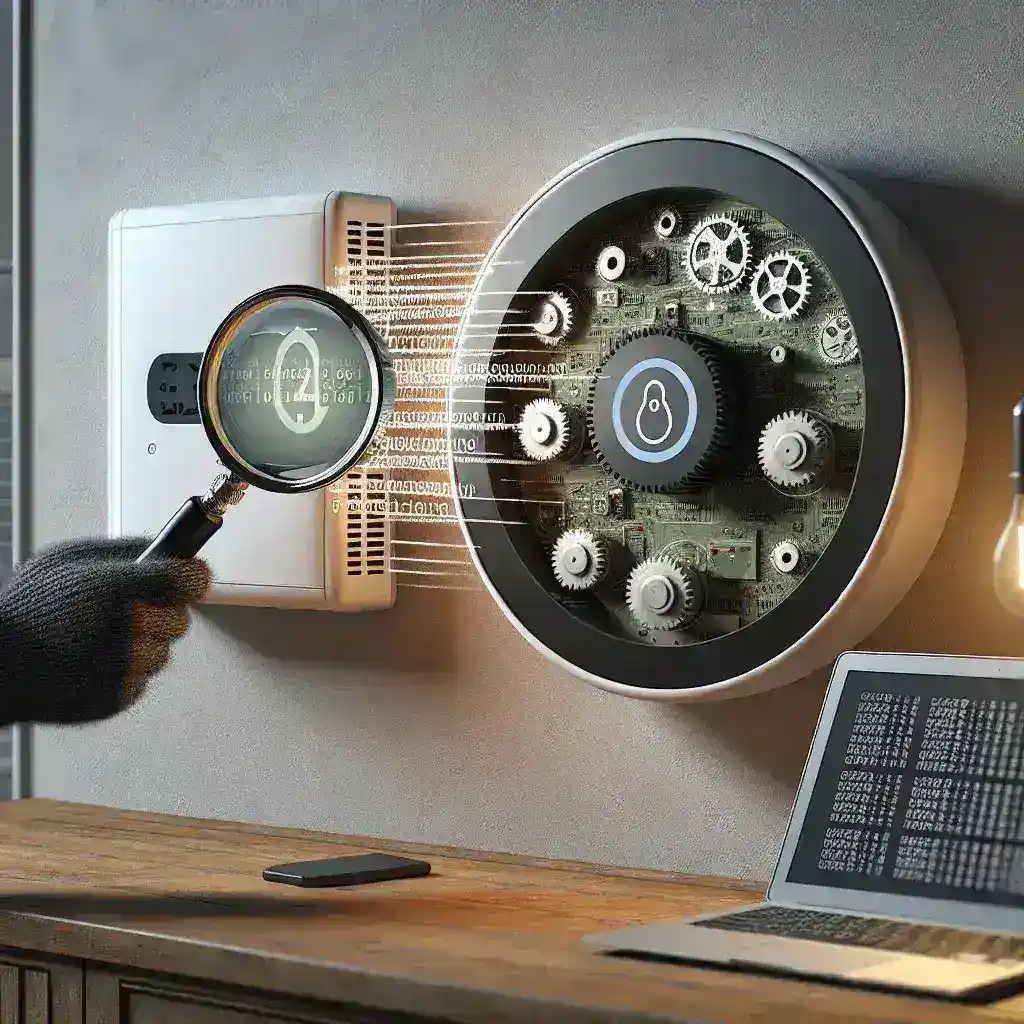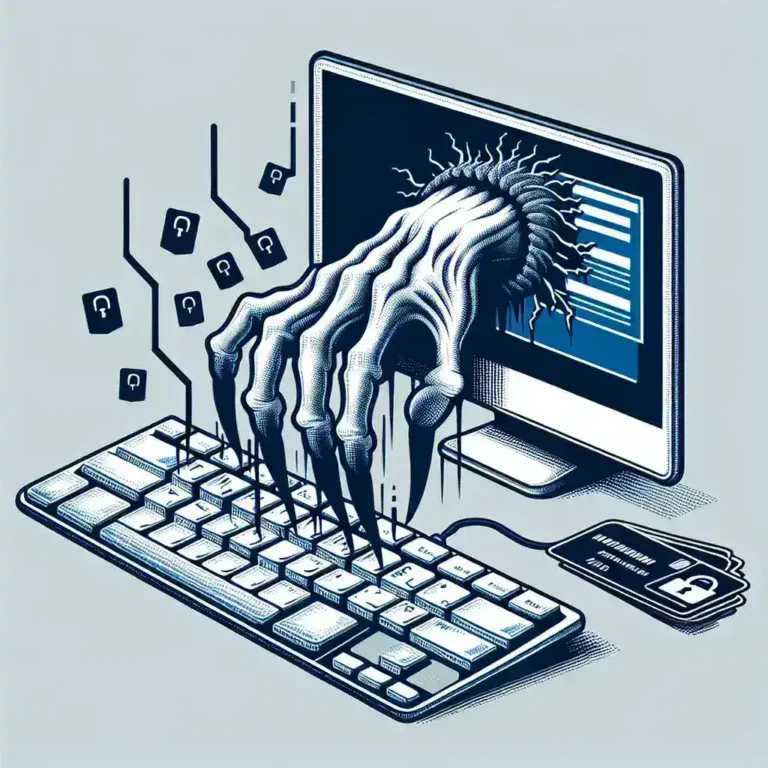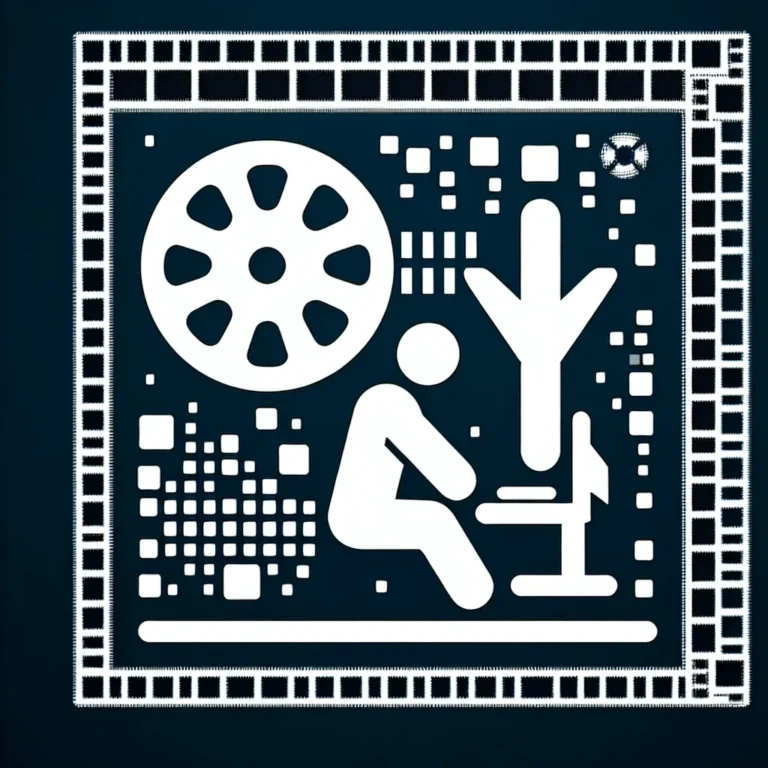
Can I Hack Into a Smart Thermostat to Identify Security Gaps?
Introduction
With the rapid advancement of smart home technology, smart thermostats have become an essential component in modern households. These devices offer enhanced energy efficiency, remote control capabilities, and integration with other smart devices. However, like any connected technology, smart thermostats are susceptible to security vulnerabilities. This raises a crucial question: Can I hack into a smart thermostat to identify security gaps? This article delves into the feasibility, ethical considerations, and methodologies for assessing the security of smart thermostats.
Understanding Smart Thermostats
Smart thermostats are internet-connected devices that allow users to control their home heating and cooling systems remotely through smartphones, tablets, or voice assistants. They often feature learning algorithms that adapt to user behavior, optimize energy usage, and provide detailed usage reports. Popular models include the Nest Learning Thermostat, Ecobee SmartThermostat, and Honeywell Lyric.
The Importance of Security in Smart Thermostats
As smart thermostats become more integrated into the smart home ecosystem, the importance of securing these devices cannot be overstated. Vulnerabilities in smart thermostats can lead to unauthorized access, manipulation of heating and cooling systems, and even serve as entry points for attacks on other connected devices. Ensuring the security of smart thermostats is essential for protecting user privacy and maintaining the integrity of the entire smart home network.
Ethical and Legal Considerations
Before attempting to hack into a smart thermostat, it’s crucial to understand the ethical and legal implications involved. Unauthorized access to devices is illegal and can result in severe penalties. Ethical hacking, or penetration testing, should only be conducted with explicit permission from the device owner or manufacturer. Engaging in unauthorized hacking activities is not only unethical but also violates laws that protect digital devices and user data.
Methods for Identifying Security Gaps
Identifying security gaps in smart thermostats involves a combination of techniques and tools. Here are some common methods used by security professionals:
Vulnerability Scanning
Vulnerability scanning uses automated tools to detect known vulnerabilities in devices. These scanners assess the device’s software and network behavior to identify potential security weaknesses.
Penetration Testing
Penetration testing involves simulating attacks on the smart thermostat to uncover security flaws. This proactive approach helps in evaluating the device’s defenses against real-world threats.
Firmware Analysis
Analyzing the thermostat’s firmware can reveal hidden vulnerabilities or backdoors. This method requires a deep understanding of the device’s operating system and software architecture.
Common Security Vulnerabilities in Smart Thermostats
Several vulnerabilities have been identified in smart thermostats. Understanding these can help in assessing and improving device security:
Weak Passwords
Many smart thermostats use default or weak passwords, making them susceptible to brute-force attacks. Implementing strong, unique passwords is essential to prevent unauthorized access.
Outdated Firmware
Manufacturers regularly release firmware updates to patch known vulnerabilities. Failure to update the firmware can leave the thermostat exposed to security threats.
Insecure Communication
Smart thermostats communicate over wireless networks, which can be intercepted if not properly secured. Encrypting data transmissions is crucial to protect against eavesdropping and data theft.
Physical Security Risks
Physical access to the device can allow attackers to tamper with hardware components or reset security settings. Securing the physical device reduces the risk of hardware-based attacks.
Best Practices for Securing Smart Thermostats
To enhance the security of smart thermostats, consider the following best practices:
- Change default passwords and use strong, unique credentials.
- Regularly update the thermostat’s firmware to the latest version.
- Enable two-factor authentication if available.
- Secure your home network with robust encryption standards.
- Restrict physical access to the thermostat.
- Monitor device activity for any unusual behavior.
Tools and Resources for Security Testing
Several tools can aid in identifying security gaps in smart thermostats:
- Nmap: A network scanning tool that can discover open ports and services.
- Wireshark: A network protocol analyzer that captures and inspects data packets.
- Burp Suite: A web vulnerability scanner for testing web applications.
- Metasploit: A penetration testing framework for developing and executing exploit code.
- Firmware Analysis Tools: Tools like Binwalk can deconstruct firmware images for analysis.
Conclusion
Hacking into a smart thermostat to identify security gaps is a complex task that requires technical expertise, ethical consideration, and adherence to legal standards. While identifying vulnerabilities is crucial for enhancing device security, it is imperative to conduct such activities responsibly and with proper authorization. By following best practices and utilizing the right tools, security professionals can help protect smart thermostats from potential threats, ensuring a safer and more secure smart home environment.




Leave a Comment